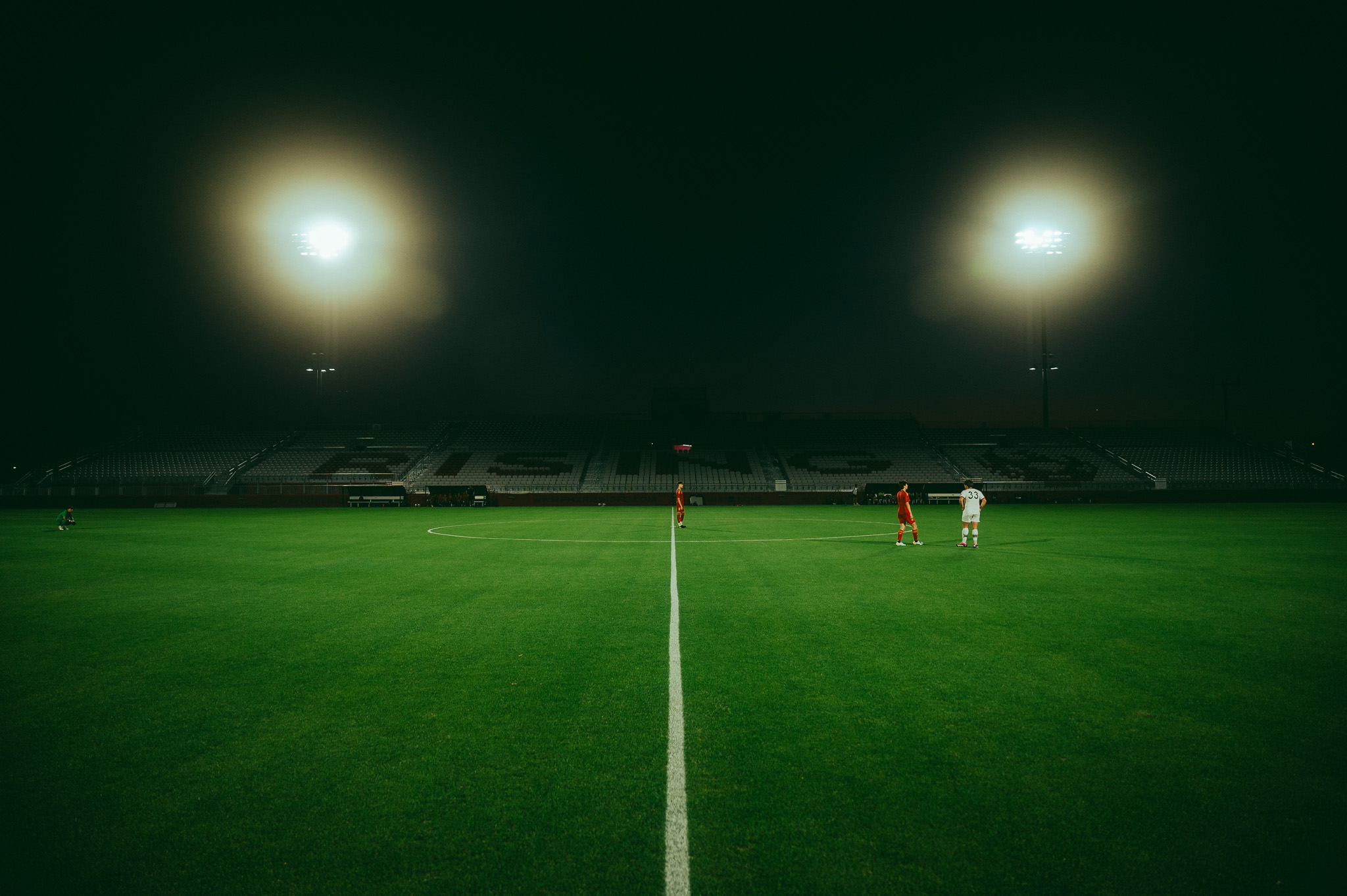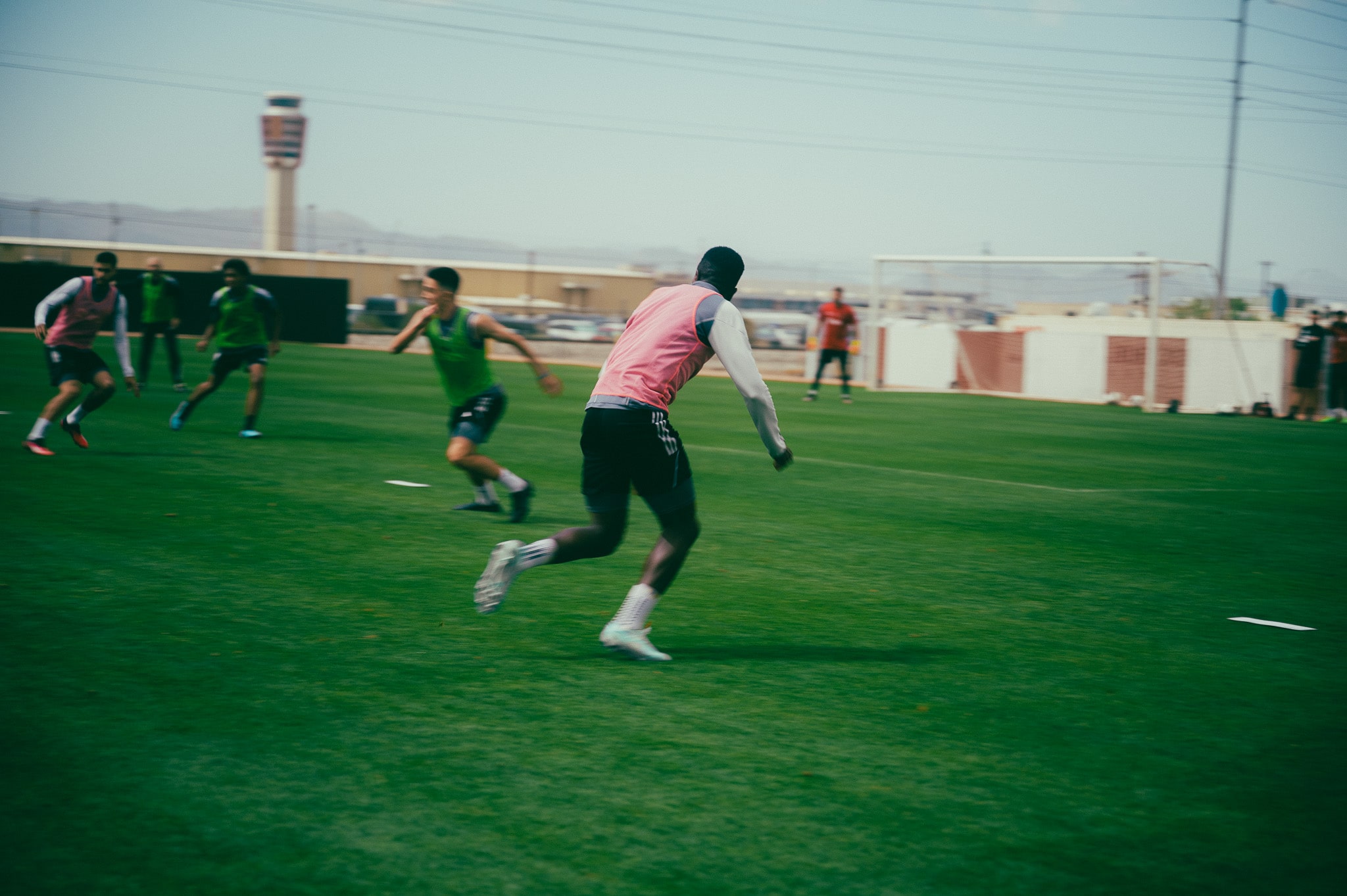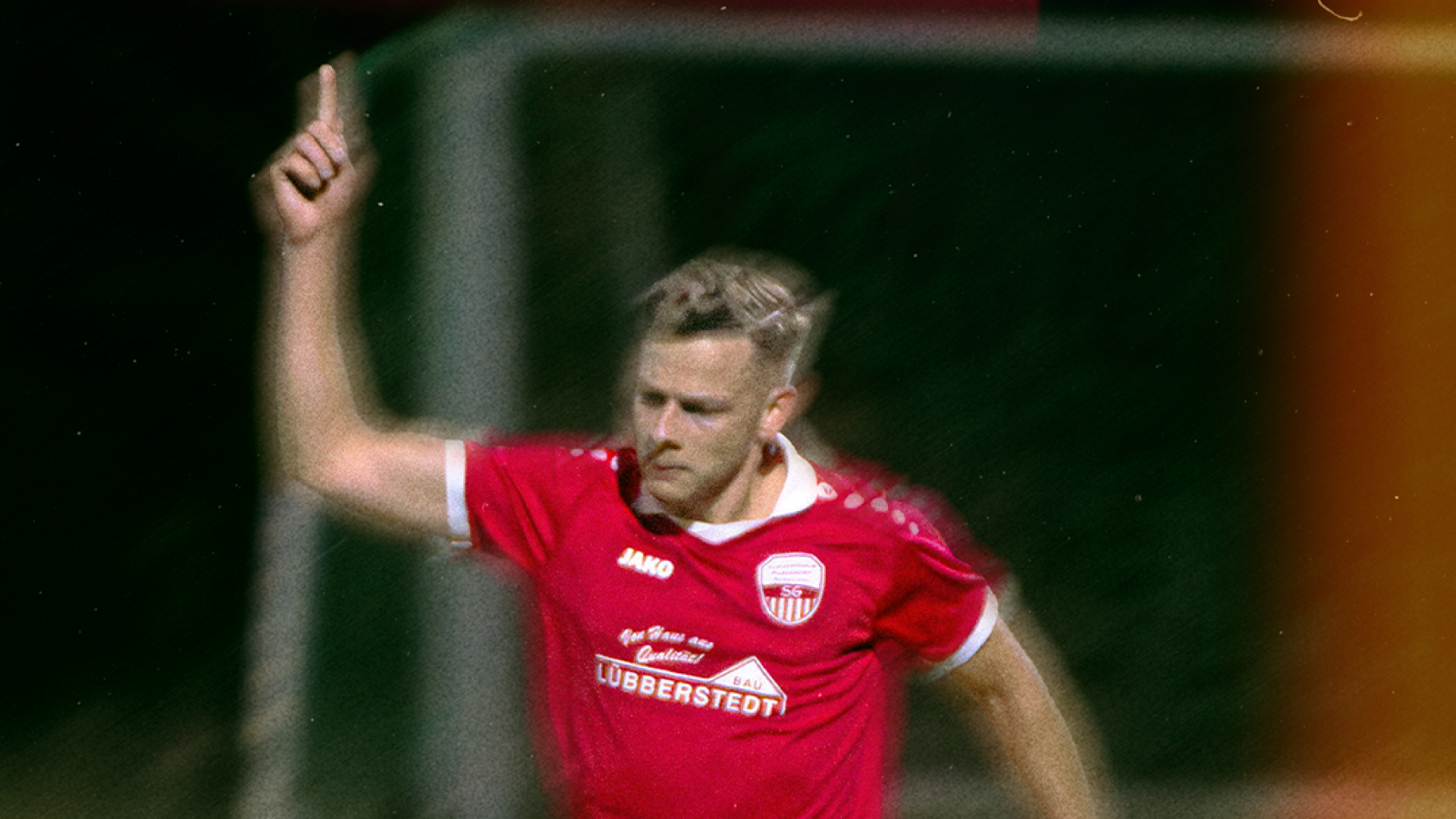Visual Learning Revolution: Why Soccer Players Learn Better with Video
Emma Jensen


Boston Bolts' Seán Napier reveals why young soccer players are visual learners and how video analysis transforms coaching effectiveness through sight-based instruction.
"I think 65% of young people are visual learners. And so if we can pull up our principles and talk to them, but also show them and talk about why, I think that's a huge piece," says Seán Napier, MLS Next Director at Boston Bolts.
Napier discovered this learning insight while implementing video analysis with players who struggled to understand tactical concepts through verbal instruction alone. The visual approach transformed how players grasped complex soccer principles.
This challenges the assumption that traditional verbal coaching methods effectively reach all learning styles in youth soccer development.
Boston Bolts' learning-centered coaching approach
Seán Napier brings academy system experience from Northern Ireland to American youth soccer development, focusing on how different players absorb and process coaching information. His background spans both playing and coaching in systems that emphasize tactical understanding.
The Boston Bolts program works with players transitioning from youth soccer to serious college recruitment consideration, requiring sophisticated understanding of tactical principles that verbal instruction alone often can't communicate effectively.
Napier's experience with diverse learning styles comes from working with players from different cultural and educational backgrounds, giving him insight into how visual learning can bridge communication gaps in soccer coaching.
The problem with verbal-only coaching instruction
Before implementing visual learning approaches, Boston Bolts struggled with players who couldn't translate verbal coaching into effective game performance. Traditional coaching relied heavily on explaining concepts through words and basic demonstrations.
"One thing that happens for the older teams is that they think about MLS Next events, they want to get recruited, and they put all their eggs in one basket," Napier explains about players who couldn't effectively process traditional instruction methods.
Complex tactical concepts like pressing triggers, positional relationships, and transition moments remained abstract when communicated only through verbal explanation. Players would nod understanding during instruction but struggle to execute concepts during competitive situations.

Without visual reinforcement, coaching messages often failed to create the deep understanding necessary for tactical development at higher levels of youth soccer.
How visual learning transformed tactical understanding
Napier implemented video analysis specifically to address different learning styles within his player group. The system provides individual data backed by visual footage that players can review and understand independently.
"Any action they do on game day, we can click on it and they can go and see it," he explains about the comprehensive visual learning library available to players.
The approach particularly benefits players who struggle with traditional verbal instruction. Tactical concepts become concrete when players can see their own positioning decisions and movement patterns from an elevated perspective.
Post-match analysis sessions now combine verbal explanation with visual evidence, creating learning experiences that reach different cognitive styles. Players can pause, replay, and study specific moments until understanding develops naturally.
Most importantly, the visual approach enables self-directed learning where players can explore their own performance independently, developing tactical understanding at their own pace rather than relying solely on coach-directed instruction.
Ready to unlock insights like these?
Napier's learning-centered approach shows how visual coaching can transform tactical understanding across different learning styles. Veo experts are standing by to help.




